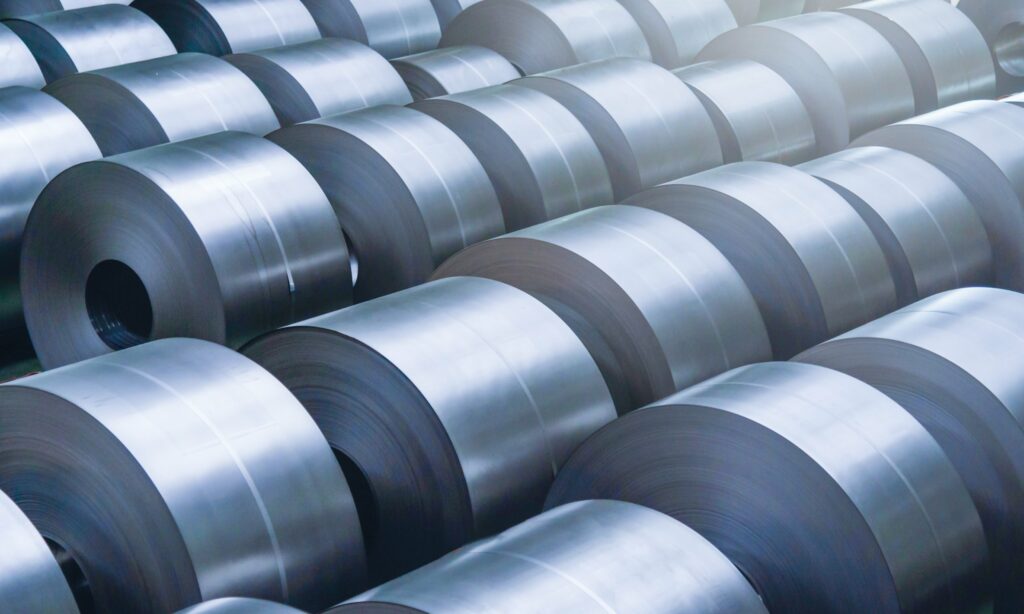Global EV sales in Q2 surged past 2.6 million units, nearly double what they were in the same period of 2020. Unsurprisingly, China is still leading the charge, accounting for nearly 50% of all EVs sold globally during the quarter. Europe is following closely with strong numbers thanks to favorable regulations and growing model variety. The U.S., although it’s still trailing in raw volume, saw a significant uptick as well — helped in part by the buzz around domestic incentives and new model launches.
Tesla, as usual, grabbed headlines and market share. The company delivered over 200,000 vehicles globally in Q2 for the first time ever, largely driven by strong demand for the Model 3 and Model Y. China has played a big role in this, though regulatory scrutiny in the region cast a bit of a shadow late in the quarter.
But VW is also pushing forward, particularly in Europe, with its ID.4 and other MEB-based models gaining traction. Chinese brands like BYD and NIO also ramped up deliveries significantly. In fact, BYD more than tripled its EV sales year-over-year in Q2.
With more EVs hitting the road, what’s going on with charging stations? Well, the quarter saw major investments in both public and private networks. In the U.S., companies like Electrify America and ChargePoint expanded their networks, while in Europe, governments backed new fast-charging corridors to prepare for the phase-out of internal combustion engines.
Automakers got in on the action too. GM has announced plans to invest $750 million in charging infrastructure.
In terms of government support, from Washington to Brussels to Beijing, policymakers have continued to push pro EV plans. In the US, the Feds have included funding for charging stations, consumer rebates, and incentives for domestic manufacturing.
In Europe, the EU proposed new emissions rules that could effectively ban the sale of new gas-powered cars by 2035. Meanwhile, China has tightened its EV subsidies but it’s still made it very clear that EVs are part of its economic and climate future.
It’s not about cool cars. EVs aren’t niche anymore and are becoming more commonplace, and automakers are retooling factories to pump out more and more vehicles. Importantly, this is going to keep driving increased demand for battery metals, like lithium, cobalt, and of course nickel. We are seeing an ecosystem that’s being reshaped in real-time and that ecosystem relies utterly on what can be dug out of the ground.
Anthony Milewski
Chairman, Nickel 28 Capital




















